How to: Peat Free Compost
The compost we source and sell is 100% peat free. Read on to understand why many are making the switch to peat free, and how to grow successfully in peat free composts.
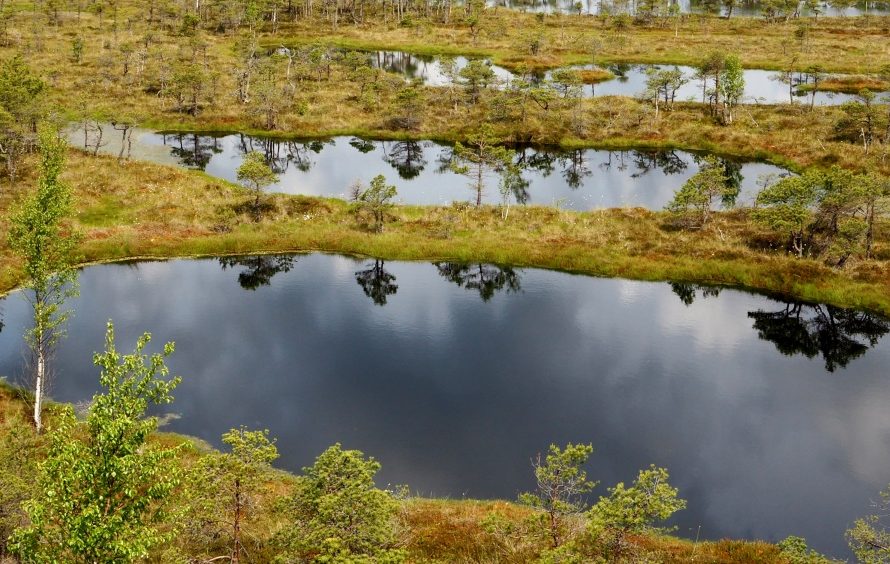
What are peatlands?
Peatlands are a type of carbon-rich wetlands that are divided into bogs and fens.
Peat soil (or simply, peat) is formed in an environment where there is a lot of water, low pH, low oxygen supply and low nutrient content.
Healthy peatlands have a number of key benefits for the environment. In a nutshell, they:
– Have one of the most carbon-rich ecosystems on the planet.
– Have a net cooling effect on climate.
– Reduce flood risk by slowing water flow from the uplands.
– Provide floodplains in the lowland.
– Provide fresh water sources and nesting grounds for wildlife.
– Are a habitat for rare flora and fauna.
Blanket bogs are sometimes called the ‘rainforests of the UK’ thanks to their unique flora and fauna. Due to Peatlands capturing carbon, they are essential ecosystems that help mitigate climate change.
Why go Peat Free?
Peat soil is often extracted from many lowland raised bogs around the UK and Ireland for use in horticultural materials such as compost. By sourcing and using peat free compost we help to ensure peatlands can stay untouched for the benefit of the planet.
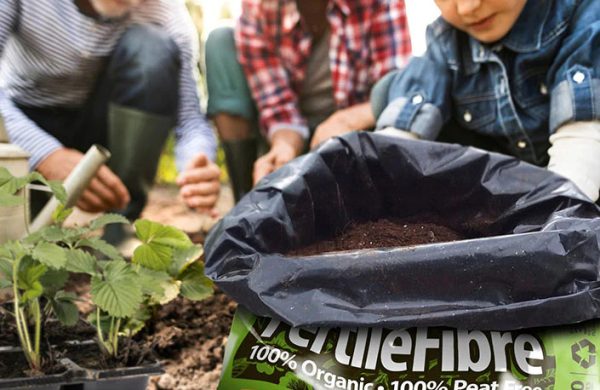
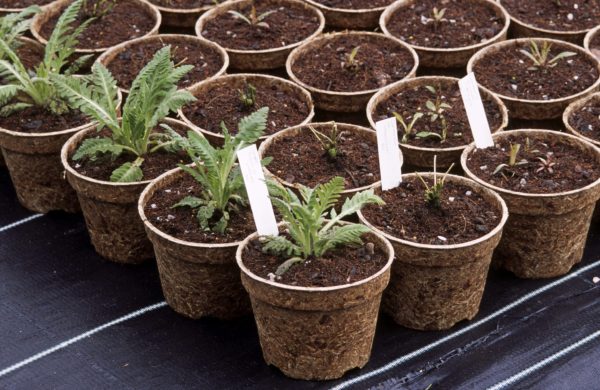
How to grow successfully using Peat Free compost
Nowadays the new Peat-free composts are top performers. However, they have a unique texture that requires adjustments to your watering routine.
Since these mixes are rich in coir and woodchips, they tend to dry out faster. Additionally, their coarse texture might deceive you – it could look dry on top but still be moist below.
Here’s a handy trick: stick your finger in the soil! This will tell you if it’s completely dry throughout.
The key is to water frequently, but in smaller amounts. Avoid letting them dry completely, as rehydrating becomes a challenge – water might just run off the surface. If this happens, submerge the entire pot in a bucket of water to allow thorough soaking.
Feeding
Every bag of compost includes slow-release plant food (controlled-release fertilizers), but it only lasts so long. Peat-free options typically provide nutrients for about a month.
Keep an eye on your plants! If they seem to be lacking nutrients, you can give them a boost with a liquid plant feed, like seaweed feed or one of our other excellent organic feeds. Mixing in some homemade compost is a great choice. With these tips you will improve the soil’s health and provide a steady stream of nutrients for months to come.
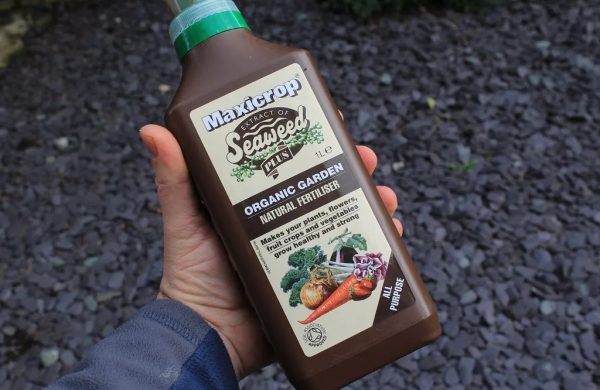
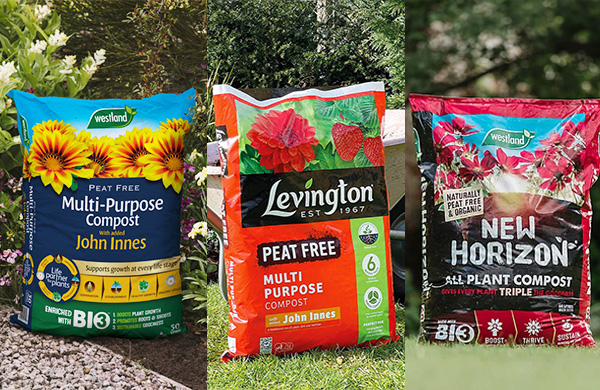
Our top 3 Favourite Peat Free composts
These are some of the favourite Peat Free composts in our range, but we have many fantastic alternatives for every stage of plant growth and needs. Our expert team will gladly advise.
Did you know?
We now sell our gift cards online for home delivery anywhere in Jersey, Channel Islands
Nov 30

Come visit Santa`s singing reindeer in the outside area of our garden centre 🦌🦌🎶 They are singing many lovely Christmas songs, 7 days a week from 9am to 6pm 🎄
Just follow the hoof prints to find them!
...
Nov 29

Come get ALL your Christmas gifting and stocking filler shopping done at Ransoms! 🎁✨
We`ve made it incredibly easy to get inspired and find lots of lovely bits for all your loved ones this year. 💝 Our tables and displays are brimming with fantastic gift ideas, including many exclusive seasonal items you`ll only find at Christmas. Here are a few nooks with inspiration from around the shop. 📸
Plus, we are thrilled to announce we are now stocking the legendary Yeti products—these are on eveyone`s wishlist this year!
We`re open 7 days a week, 9am - 6pm, right up until Christmas. Don`t miss out—come and enjoy our Sunday opening hours while they last! 🎅
...
Nov 28

Don`t forget to treat your littlest furry family members this Christmas! 🐰🐹🎁🎄
Show your rabbits, hamsters, mice, and more some love with our great selection of products for small animals, here are some of our suggestions to gift your little companions:
🏡 Comfy hutches: Give them a cosy upgrade for winter.
🛏️ Luxury bedding: Soft, warm bedding for a perfect snooze.
🥕 Delicious treats: Festive nibbles to keep them happy.
🪵 Toys & boredom breakers: Enrichment to keep active minds and teeth busy during the holidays.
Come shop gifts and stocking fillers for small animal products in our Pet & Wildlife department ✨🎁 We`re open 7 days a week, 9am - 6pm, until Christmas!
...
Nov 27

✨ A Sneak Peek!! ✨
Step aboard... something magical is arriving at Ransoms. 🎄✨
Here’s your first look inside this year’s Christmas attraction: the lights, the snow, the North Pole secrets… it’s all almost ready.
We can’t wait to welcome you into the adventure.
More reveals coming this week! 👀❄️
Tickets are selling fast!
Book your Real Father Experience now: www.jerseychristmas.co.uk
Only at Ransoms Garden Centre.
...
Nov 27

In need of more comfy seating for all your holiday guests? 👨👩👧👦🛋🎄 Our wonderful new furniture range is here to save Christmas!
Come try them out and get our in-stock pieces delivered to your home before Christmas! 🎄
If you`re in no rush, you can also choose to create a custom order and select from different fabrics, colours, and sofa legs. Come see us in store; our team are happy to help put together a custom order with you 😊
...
Nov 26

POV: You`re choosing your perfect fresh-cut, British-grown Christmas tree under the magical fairy lights at Ransoms 🎄✨
Come choose your premium Nordmann Christmas tree under the canopy in our outside plant area 7 days a week from 9am to 6pm, or order online with free island-wide delivery, through the link in bio.
...